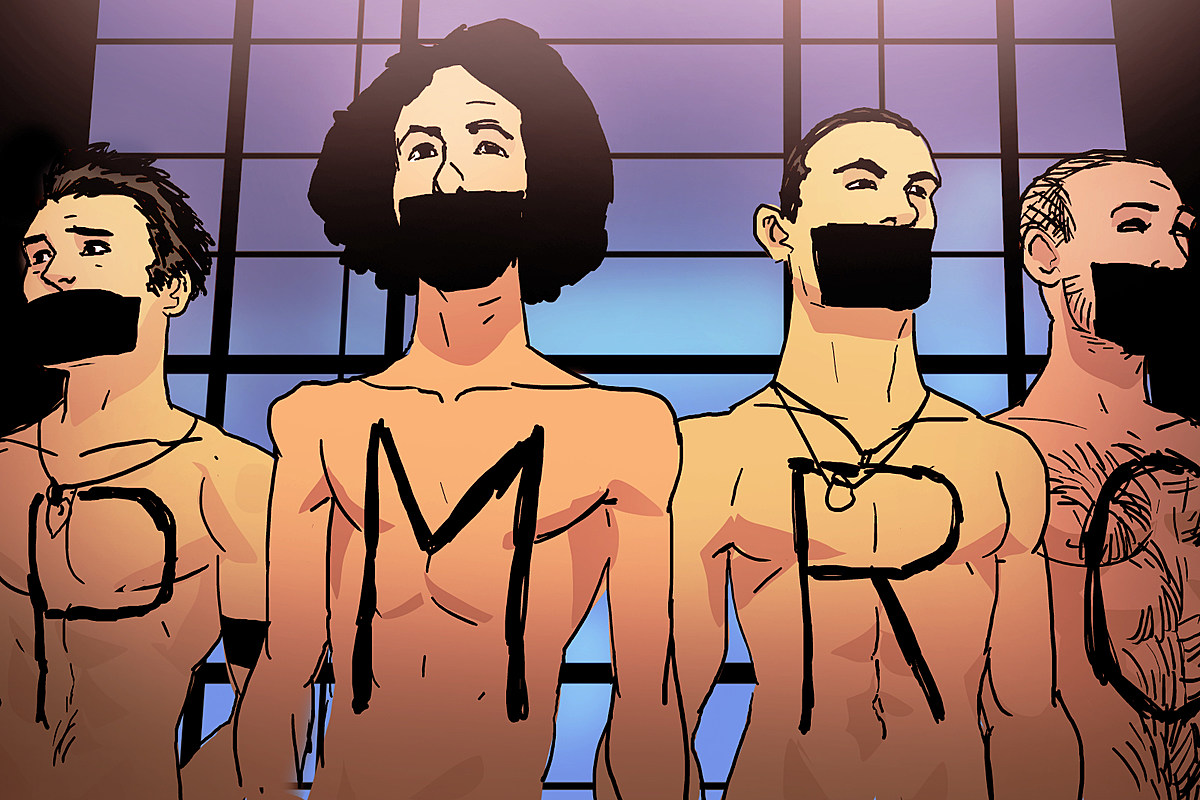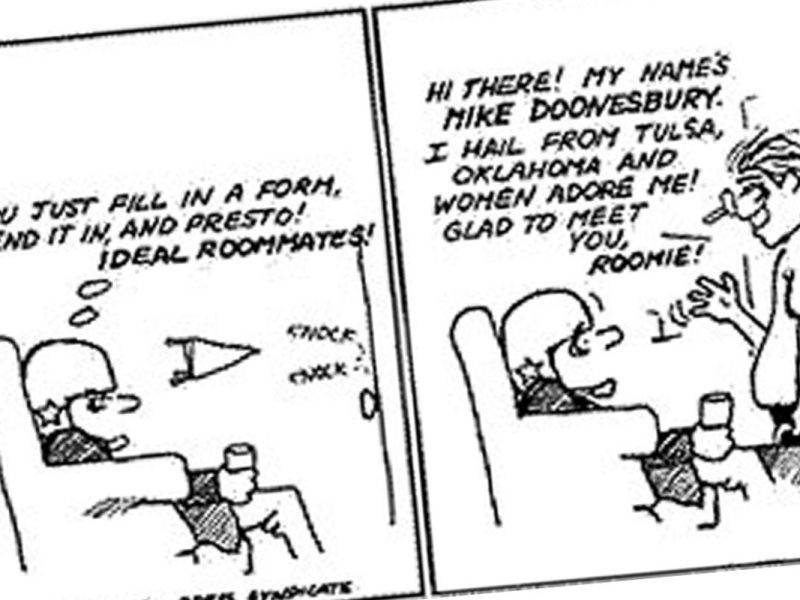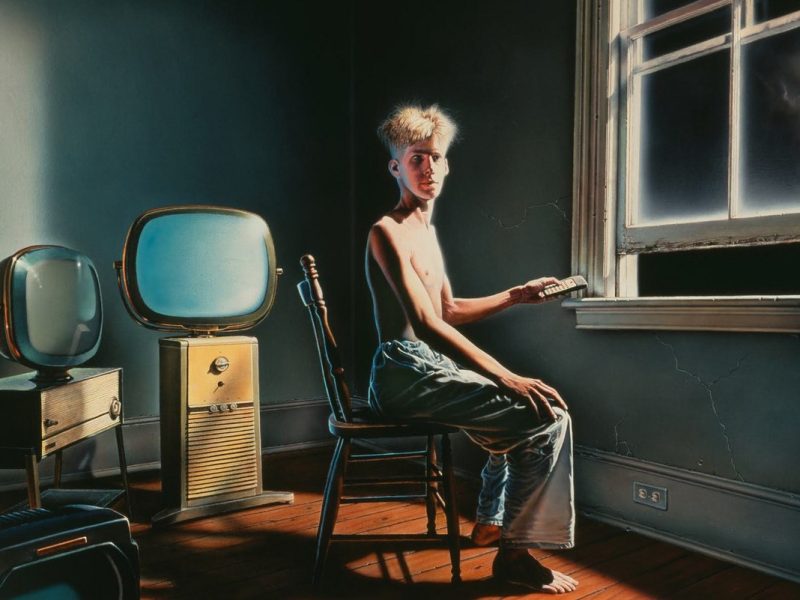On July 18, 1993, thousands of fans turned out to see rock’s hottest new act, the powerful Los Angeles quartet Rage Against the Machine. What they got instead was full-frontal nudity.
At the time, Rage had been on mainstream music fans’ radar for about six months. The band released its self-titled debut album in November 1992, and though it wasn’t an instant success, word of mouth gradually helped the LP build momentum. By the time Rage Against the Machine set out with the Lollapalooza touring festival the following summer, rock fans across the country were stirring with excitement regarding the politically charged rockers.
The trek kicked off on June 18 in Vancouver. A month later, Lollapalooza was scheduled to stop in Philadelphia. Two major factors would influence Rage Against the Machine’s performance in the City of Brotherly Love. The first was mechanical. After a month of power-packed shows, singer Zack de la Rocha’s voice was shot, leaving the singer unsure he’d even be able to perform.
The second loomed much bigger. Led by Tipper Gore, the Parents Music Resource Center (PMRC) was launched in 1985. The committee’s focus was to “protect” American youth from influences in music that it deemed as morally harmful. Sexually charged lyrics and the use of profanity were just some of the issues the PMRC bristled with. Their efforts led to the now well-known Parental Advisory sticker placed on albums.
Watch Rage Against the Machine Perform ‘Take the Power Back’ at Lollapalooza 1993
Even though the Parental Advisory sticker was no longer new by 1993, it was still controversial. As upstart musicians with the propensity to drop f-bombs, Rage Against the Machine knew all too well how the sticker could limit an artist’s ability to get their music to the masses. The band viewed the PMRC’s efforts as censorship of free speech. So, on July 18, they decided to make a statement.
When Rage Against the Machine took to the Lollapalooza stage, they did so completely naked. Initially, the musicians held their instruments, but they soon put them down, purposely causing feedback from the speakers. Each of the men had tape across their mouth, with the letters P-M-R-C painted on their chests. Without a word said, Rage Against the Machine stood there, naked to the world for more than 15 minutes.
The initial response from the crowd was positive, with Tom Morello recalling to Uncut that there “was an outpouring of excitement among the crowd for the first five minutes.”
“When we walked out onstage people loved it, they were cheering,” bassist Tim Commerford remembered during a conversation with ESPN’s Dan Le Batard. “But little did they know, we weren’t planning on playing a note.” After the audience realized that no music would be performed, the reaction shifted.
“Then there was an interesting standoff as it was clear this was not just some sort of quick stunt,” Morello recalled. “Then for the last five minutes, there was outright hostility – booing and giving us the finger and quarter coins being thrown at our dicks.”
Watch an Interview With Rage Against the Machine During Lollapalooza 1993
Asked years later by Modern Drummer what he was thinking as he stood onstage in the nude, Brad Wilk confessed, “I was thinking about how the wind felt underneath my scrotum, what the people in the front were thinking, and all the cameras flashing and what they were going to be thinking as they developed their film. Actually, doing that was no big deal. It didn’t freak me out. That’s how we all came into the world. It’s a liberating thing.”
Police eventually escorted Rage Against the Machine off the stage that day. No charges for indecent exposure were filed. The stunt remains one of the most infamous in the political rockers’ history.
“Hopefully in some way, we made the point that controversial music is not something you can take for granted, you have to fight for it,” Morello noted. “Although people just remember us standing there naked.”
Top 100 ’90s Rock Albums
Any discussion of the Top 100 ’90s Rock Albums will have to include some grunge, and this one is no different.



